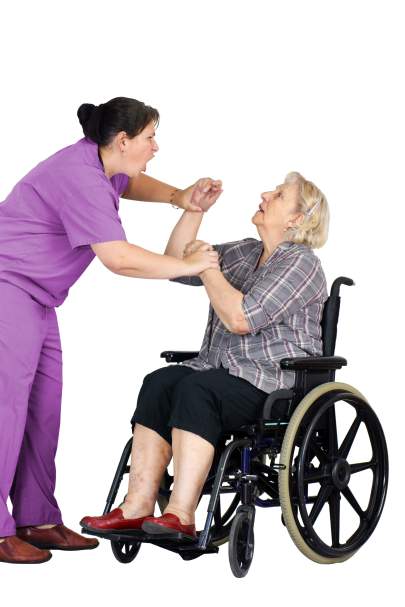Preventing Elder Abuse
Thursday, February 22, 2024

Elder abuse, a distressing and prevalent issue, casts a shadow over the lives of many older individuals. As our society ages, the need to shed light on this dark reality becomes increasingly urgent. This article aims to raise awareness about elder abuse, explore its various forms, and emphasize the importance of collective action to protect our vulnerable elders.
Understanding Elder Abuse:
Elder abuse encompasses various forms of mistreatment inflicted upon older adults, typically aged 60 and above. This abuse can occur within relationships of trust, such as those with family members, caregivers, or institutional staff. The World Health Organization identifies several types of elder abuse, including physical, emotional, financial, and sexual abuse, as well as neglect and abandonment.
Recognizing the Signs:
Identifying elder abuse can be challenging, as victims often suffer in silence. Warning signs may manifest physically, such as unexplained injuries, malnutrition, or poor hygiene. Emotional indicators may include sudden changes in behavior, withdrawal, or signs of depression. Financial exploitation often leaves visible clues, such as missing funds or unauthorized transactions.
Root Causes and Risk Factors:
Elder abuse often stems from a complex interplay of factors, including social isolation, caregiver stress, and economic strain. Dementia or other cognitive impairments can increase vulnerability, making older adults more susceptible to exploitation. Understanding these root causes is crucial for developing effective prevention strategies.
Breaking the Silence:
One of the most significant challenges in addressing elder abuse is breaking the silence that often surrounds it. Victims may be hesitant to report abuse due to fear, shame, or dependence on the abuser. Creating safe spaces for open communication, both within families and communities, is vital to encourage disclosure and ensure that victims receive the support they need.
Prevention and Intervention:
Preventing elder abuse requires a multi-faceted approach. Education and awareness campaigns can help empower older adults to recognize abuse and seek assistance. Training caregivers and healthcare professionals to identify signs of abuse is equally essential. Legal measures and support services should be in place to intervene and hold perpetrators accountable.
Promoting Dignity and Respect:
Ultimately, combatting elder abuse requires a cultural shift that prioritizes the dignity and well-being of older adults. Fostering a society that values and respects its elders helps create an environment where abuse is not tolerated, and older individuals can age with the security and dignity they deserve.
In conclusion, elder abuse is a deeply troubling issue that demands collective attention and action. By raising awareness, understanding the signs, addressing root causes, and promoting open dialogue, we can work towards a society where our elders are cherished, protected, and afforded the respect they have earned through a lifetime of experiences.

